
Every backyard chicken enthusiast longs for the day when they have an overabundance of farm fresh eggs to collect from the backyard.
That means, it is time to make delicious cakes, spicy deviled eggs and omelettes aplenty – without inhibitions or fear of running out of a nutritious staple food!
It is one thing to overbuy eggs at the store, but when your fine-feathered chicken ladies begin to lay and lay, and an egg overload finally happens, you won’t want to waste a precious drop of what is inside the shell.
Eggshells are another story.
When you have the time, read up on 15 brilliant ways to use eggshells in the home and garden. It turns out that you can grind them to a powder and eat them too! Add that to your morning skillet, or fruit smoothie for a boost of calcium to start the day.
Whites vs. yolks
Of course, it is best to eat the entire egg, not to miss out on essential nutrients, though there are times when either the yolk or the white is more important. This becomes truly apparent in baking, though it can also be a matter of preference.
Egg whites are rich in protein and low in calories and fat, but the yolk contains all that vitalizing energy you are after. Plus, the creamy yolk contains iron, phosphorus, calcium, zinc, thiamine, folate, B6 and B12. So don’t toss those extra yolks in the compost if you can’t use them immediately.
However, when proportions are off and you find yourself with more egg yolks than egg whites, it may be time to preserve them, or take your cooking and baking skills up a notch.
There will be more advice on freezing and salting later, for now, let’s look at ways to create amazingly delicious treats and facial masks.
8 ways to use up extra egg yolks in cooking
When your family quits asking for another slice of angel food cake or delicate meringues, you know it is time to back off the egg whites, and serve them more egg yolks instead. Better yet, find a balance between the two, so they can both shine equally.
If egg yolks are still in abundance, keep reading for a small selection of ways to use them up quickly and deliciously. From 2 egg yolks, all the way to a dozen – where there is a will there is a way. Even if you desire a Twelve Yolk Pound Cake, just to get started!
Egg nog
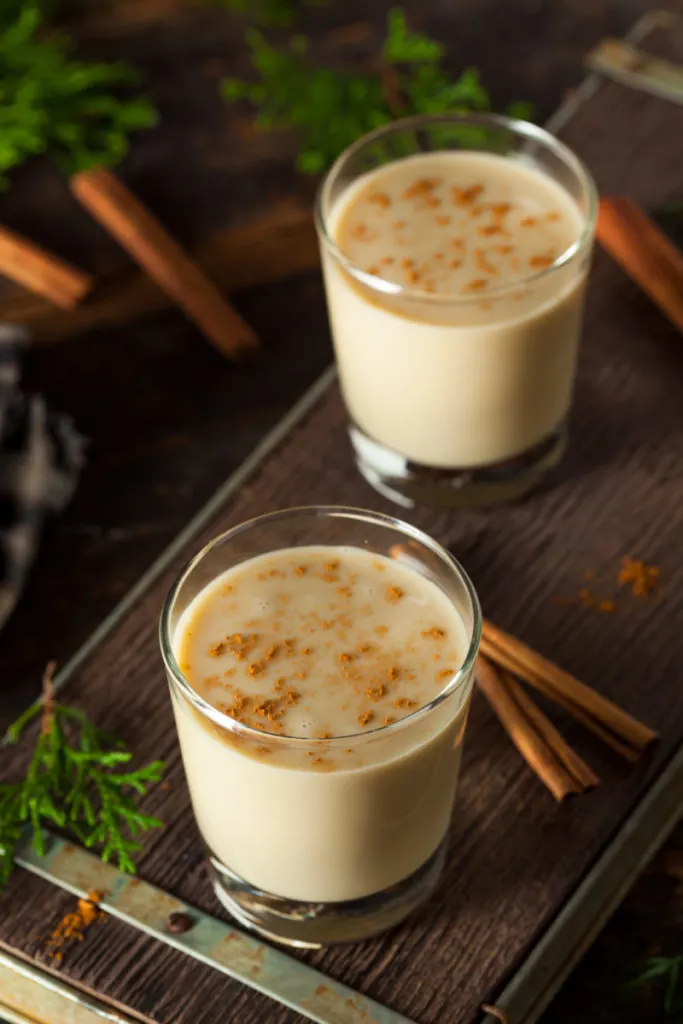
One of my personal favorites, that I would drink year round if I only had a cow – a nutmeg and cinnamon dessert that rivals all other holiday drinks: egg nog.
As a kid, the only egg nog I knew came from the store in the days leading up to Christmas. One year, upon not finding any in a foreign country, I went out on limb and made my own.
What I discovered, is that homemade egg nog is far superior, both in flavor and in texture!
Why don’t you give this traditional 6-egg recipe a try?
If you are searching for a paleo/dairy-free egg nog version, made with coconut milk and coconut sugar, then this Paleo Egg Nog recipe is just for you. Rum is optional.
Stirred egg custard
Chicken eggs are definitely in the majority of eggs consumed around the world, for good reasons. Hens are relatively easy to breed, they make wonderful backyard companions, and they can be reliable layers.
Bring on the diversity and don’t let that stop you from sampling the eggs of other birds. Duck eggs, turkey eggs, guinea eggs, ostrich eggs, even goose eggs.
If you are looking for a new way to serve a classic custard, this recipe is worth its weight in eggs:
Naturally-Sweetened Goose Egg Custard @ The Elliot Homestead
Crème brûlée
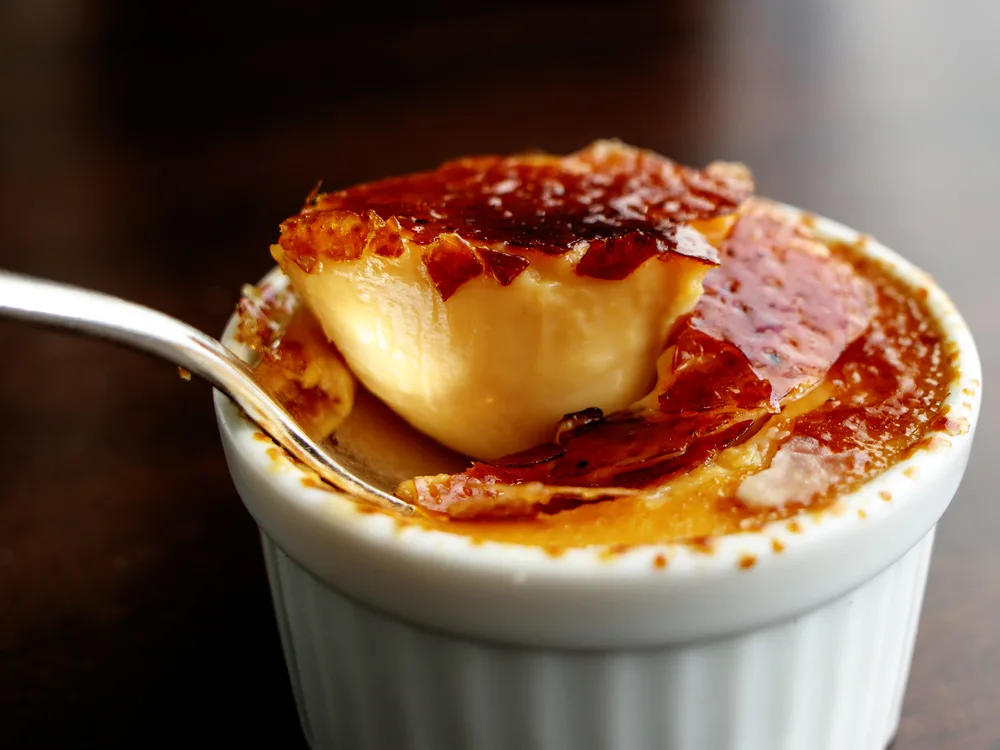
More than just a fancy custard, crème brûlée, also boasts a burnt sugar top. And the perfect topping for it is fresh raspberries. It isn’t all that hard to make, provided you follow the directions, including adding a hint of espresso.
You may have noticed by now that egg yolks and dairy share a common fate – dessert! Yet, not all of us have the same tolerance for dairy. If you delve into the topic of lactose intolerance and casein allergies, there is a lot to say about the difference between A1 and A2 milk.
If you love all the exciting combinations of dairy and eggs, but they don’t love you, I encourage you to pick up a copy of this book and inform yourself about dairy genetics: Devil in the Milk: Illness, Health and the Politics of A1 and A2 Milk by Keith Woodford. It makes all the difference in the world if you are thinking about owning a cow and making your own yogurts and cheeses.
In the meantime, know that there are many other delicious options out there, Paleo Lemon Crème Brûlée is a ramekin of beauty!
Vanilla ice cream
Kids love ice cream, adults do too. Especially with fresh strawberries on top…
One of the best scoops of vanilla I have ever tasted was made by an Amish family, from the milk of their goats, in Wisconsin. It is the perfect treat on a hot summer day.
Collect 4 egg yolks, granulated sugar, whole milk, heavy cream and vanilla bean paste, and you are ready to make the best homemade ice cream ever.
Lemon curd
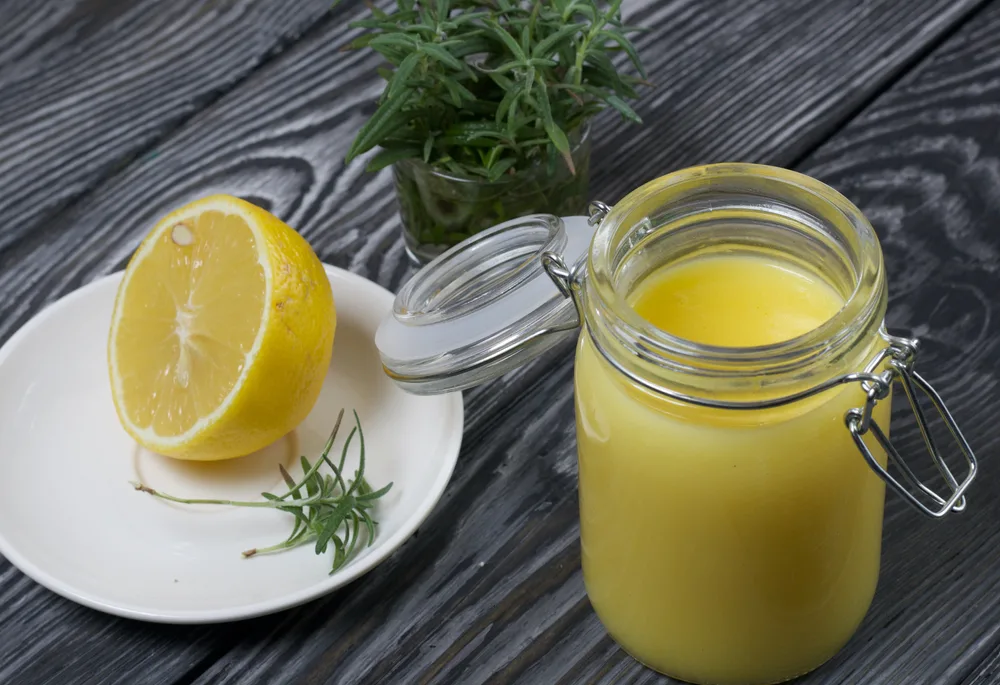
This is not your everyday lemon curd, it is something much, much better!
Because it is made with honey, not with sugar. After all, it is the bees who do the hard work of pollinating. Honor them with this sweet-sour dipping sauce, perfect for eating straight out of the jar with a spoon, or adding to other dessert-type options (crepes, pancakes, meringues, etc.).
Honey Lemon Curd @ Cookie + Kate
Homemade mayonnaise
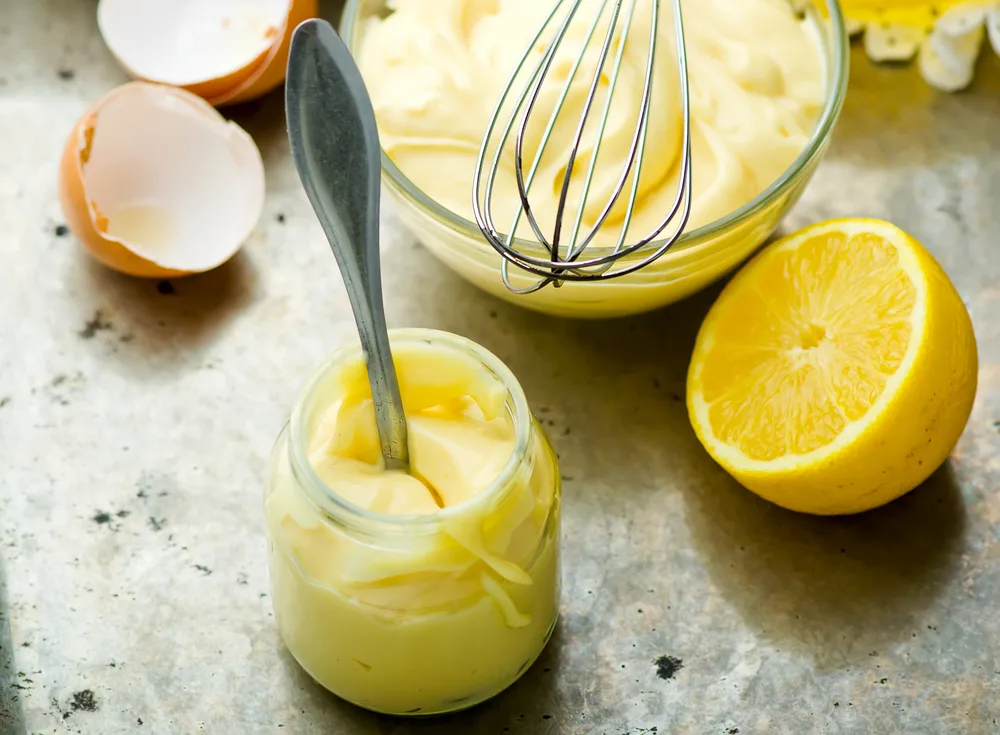
Moving onto the savory side, there is one kitchen skill that everyone should try at least once – that of making homemade mayonnaise. All it takes is:
- 2 egg yolks
- 1 tablespoon apple cider vinegar or lemon
- 1/4-1/2 cup extra virgin olive oil (or hemp oil)
- pinch of salt
The secret is in the stirring, and in dripping the oil in very slowly.
Experiment with different recipes to discover what you like best! Then make it often – it is a wonderful way to consume raw egg yolks.
Hollandaise sauce
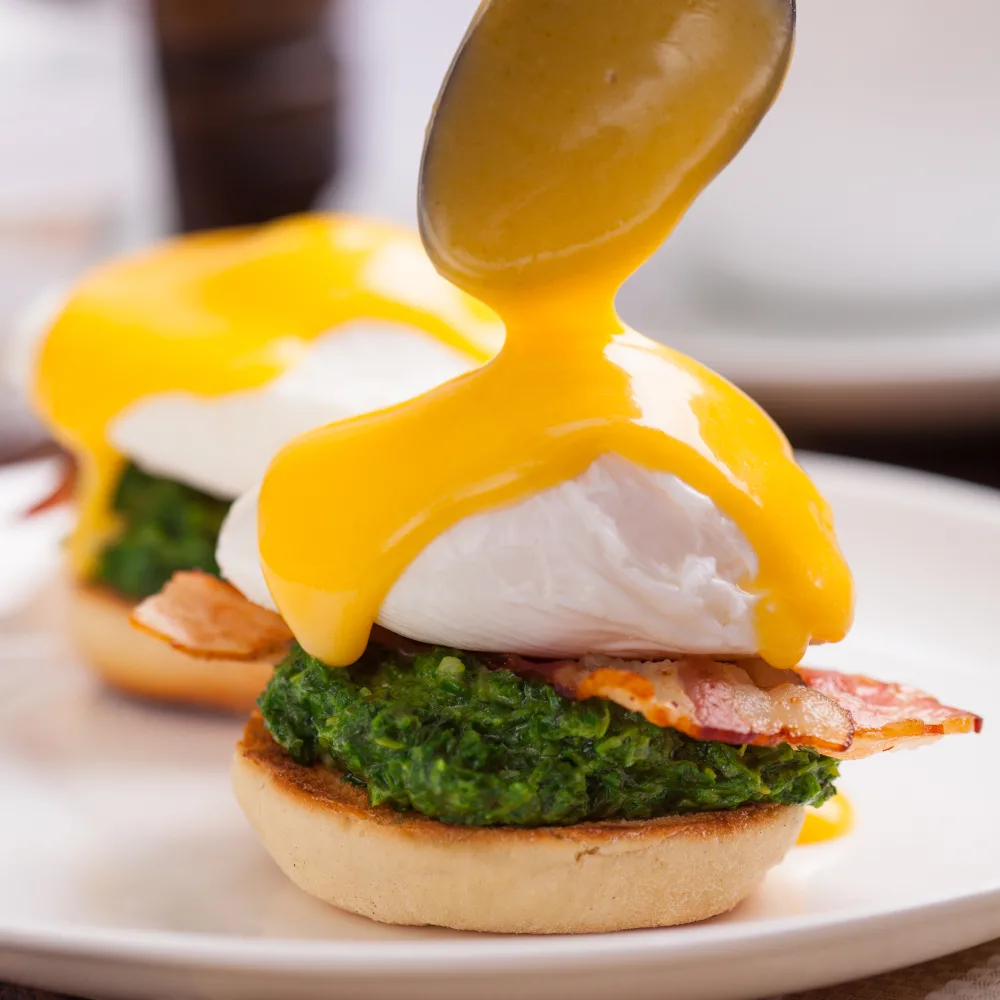
Eggs Benedict is a breakfast family favorite, outside of pan-fried potatoes in rendered lard, poached eggs, fresh greens from the garden, with a few slices of bacon on the side.
But back to the Hollandaise sauce. It is not as hard to make as some people say. The only way to find out, is to make it yourself. And you deserve a breakfast with generous amounts of egg yolks and butter to get you through the day!
Here is how to make the tastiest Hollandaise sauce, Julia Child’s way.
Egg noodles
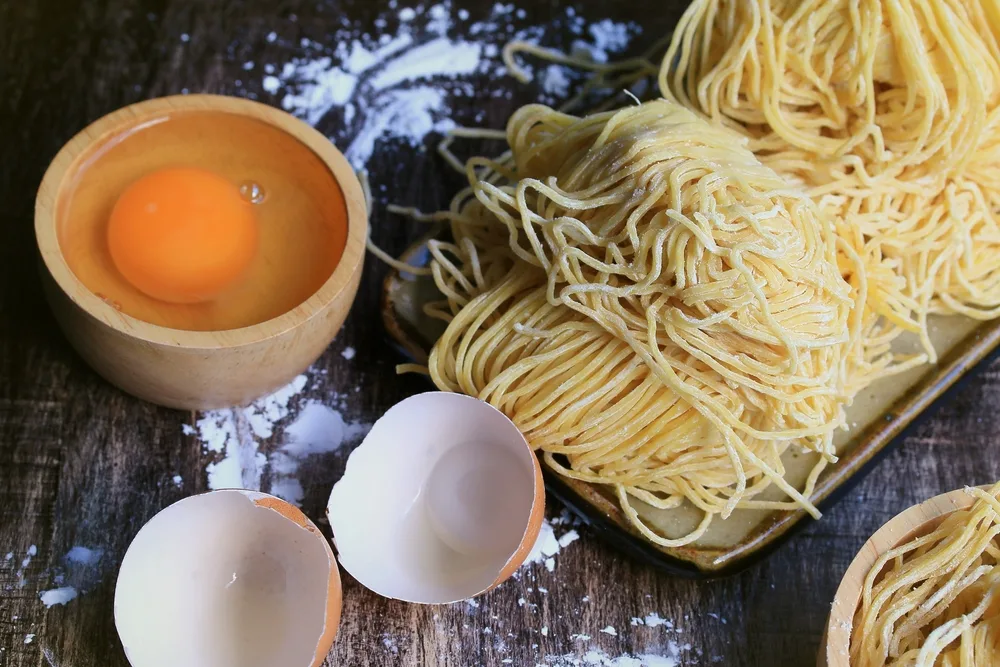
The ability to cook for yourself with basic ingredients is a skill that I hope survives well into old age. This goes along with gardening, rearing animals and taking care of the land.
Before you can do anything, first you have to take care of yourself. Feed your belly well, drink plenty of fresh water and herbal teas, then the day is yours for accomplishing whatever it is that needs to be done.
If traditional homemade egg noodles are what you are after, gather up your ingredients and give it a go!
These gluten-free egg noodles from Frugal Farm Wife are a wonderful free-from alternative, suitable for everyone who simply loves noodles.
Egg yolks for natural beauty and beyond
All natural solutions for beauty and healthcare have proven to be in demand in the recent years, as people are becoming more sensitive to chemicals and artificial fragrances found in many cosmetics..
Egg yolks are a wonderful addition to your skincare regime as they moisturize, hydrate and nourish dry and flaky skin.
Hair conditioner
Chances are great that you already have all three ingredients on hand to take care of your hair, keeping nature in mind: coconut oil, raw honey and, of course, an egg yolk.
Depending on the length of your hair, you may need to add more or less of each ingredient, but a basic conditioner recipe looks like this:
- 2 tablespoons coconut oil
- 2 tablespoons raw honey
- 1 egg yolk
Warm up the coconut oil and stir in the honey. When this is thoroughly mixed, gradually add in the egg yolk. Apply the wet mixture to your hair and let it condition for as long as you want, while you read up and get inspired by some homesteading and gardening books.
Egg yolk face mask
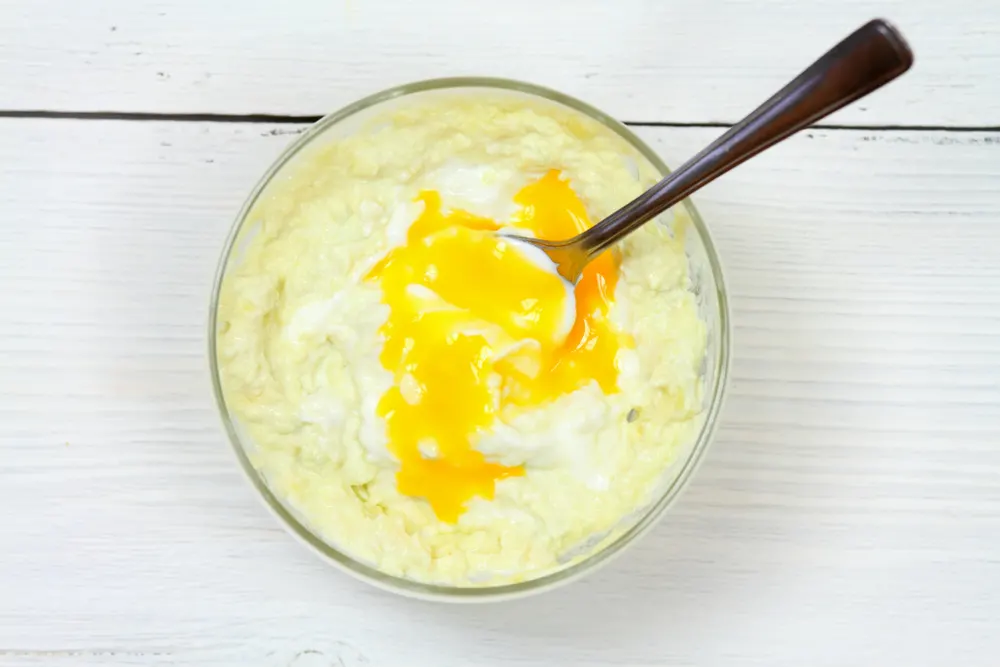
If you find that your skin dries out in colder months, this DIY egg yolk face mask is one benign treatment to try.
Mash the avocado well – or use a food processor – until it becomes a smooth paste. Add the yolk and yogurt and mix well.
Apply it gently to your face with upward motions and leave it on for 10-15 minutes, then rinse it off with warm water.
Here is all you need for a simple face mask:
- 1 egg yolk
- 1/4 ripe avocado
- 1 tsp yogurt (cow or coconut based with live cultures)
For wrinkles, try a mixture of egg yolk, banana and olive oil.
And for acne-prone skin, egg yolk, honey and almond oil should work nicely.
Note: If your skin tends to be more oily than dry, you’ll want to use an egg white mask, instead of egg yolks!
Cuticle treatment and nail strengthener
Let’s face it, sometimes our nails take a beating with all that gardening, caring for the animals, even doing the dishes!
If your nails are prone to becoming brittle, a milk and egg yolk soak may be in your near future. If you prefer to leave out the dairy, another option is to mix two parts egg yolk to one part honey with a dash of water. Apply the mixture to your nails with a brush, and strengthen away.
Tempera paint
Outside of personal beauty, did you know that paints were once made with egg yolks as a binder? We’ve tried it with beautiful, rich pigments, only to end up with amazing results!
I’ll let you take my word for it, and when creativity strikes, you may want to go through this Egg Tempera Painting tutorial for yourself.
Can you refrigerate egg yolks?
Yes, you can certainly refrigerate leftover egg yolks, though you’ll want to make sure to store them in airtight container – not to pick up other fridge aromas.
To prevent them from drying out, it is often useful to add a bit of water, which can then be drained off before using. Aim to use them within 2-4 days, taking advantage of any of the recipes above.
How to preserve egg yolks for later
With a flock of your own hens, you will quickly come to the realization that eggs are not available year round, as they are in the grocery stores. It may even come with an initial disappointment to not have fresh eggs throughout the winter months, just when holiday baking comes into full swing. However, there are clever ways to deal with an egg-crisis.
If you are in the lucky situation that friendly neighbors also raise chickens, or the store-bought ones are just as good as homegrown, then you may have less to worry about. But if you wish to keep eating eggs as usual throughout the colder months, there are options to try.
Which method will work best for you? It depends on storage space, as well as reliable electricity and your willingness to experiment.
Freezing
Whole eggs can be frozen simply by blending the whites and yolks together. Store them in containers, or ice cube trays, labeled with the amount of eggs and use them within 4 months.
Egg whites can be frozen as is, but freezing egg yolks is a little trickier.
There is no “as is” here, as the frozen and thawed yolks will become too gelatinous to work with. Instead, you will need to first beat the yolks, adding in salt or sugar before you freeze them.
For every 4 egg yolks, add 1/8 teaspoon of salt or 1 1/2 teaspoons of sugar, stirring well and making sure to label them, as that may be all the salt you need in cooking!
Salt-cured egg yolks
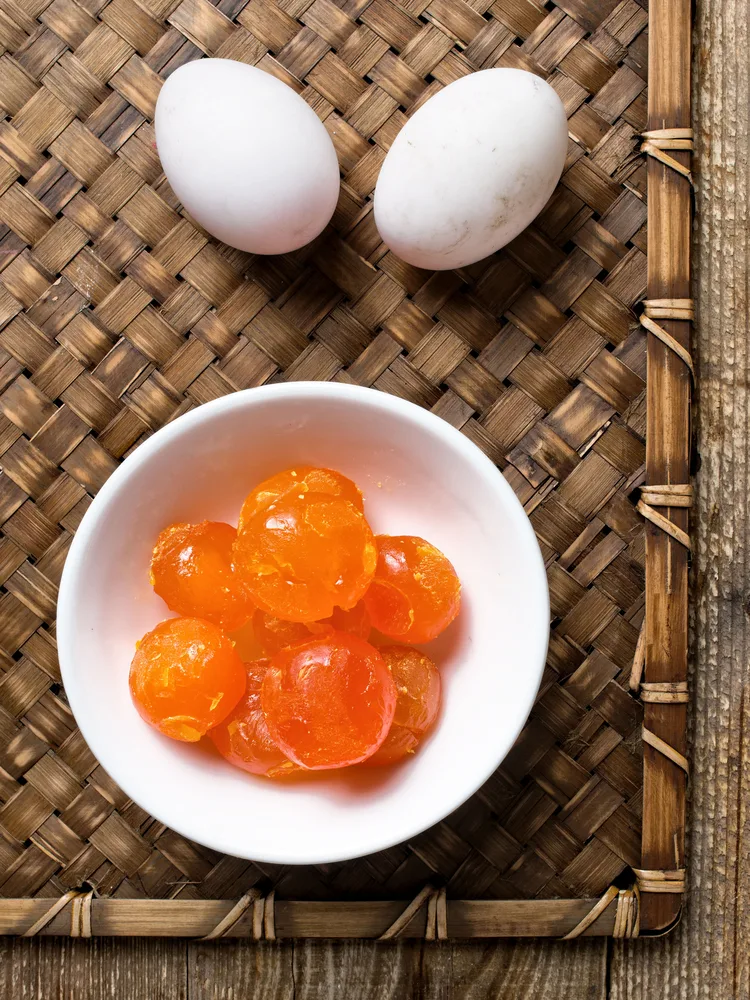
One way of preserving in salt that I’ve never gotten around to, but definitely should, is this: salt-cured egg yolks. They look amazing! And I can only imagine how wonderful they taste when grated and added to soups, stews and salads.
It is said that they can be stored for 2 weeks in the fridge, so better plan on eating them relatively soon.
Who says you can’t achieve a certain level of poshness on a homestead?
Dehydrating
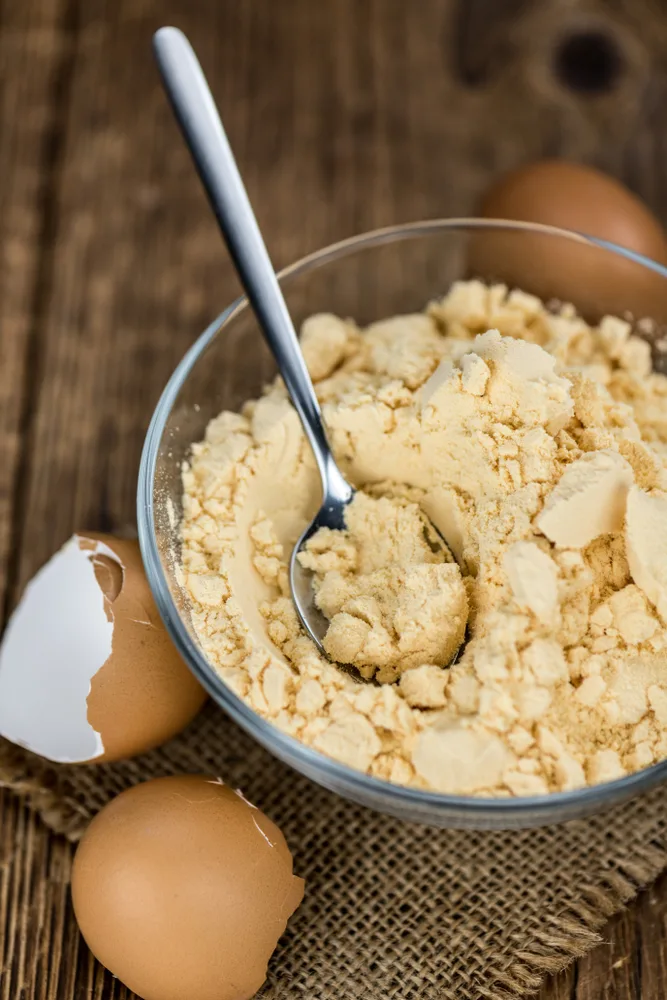
When dehydrating eggs, whole or with separated whites and yolks, there are a series of steps to follow closely. However, if you are planning on stocking your pantry containing items with a long shelf-life, dehydrating is a definite possibility.
The choice to dehydrate eggs is entirely up to you, as some people do not appreciate the end flavor. However, it may be a great option if you are off-grid and have the ability to use a solar dehydrator, or your oven. Storage is electricity-free, as opposed to freezing. And grinding can be done in a hand blender.
Currently, I am off to make another honey lemon curd. Not because I have extra egg yolks, but because we are visiting friends tomorrow, and the last batch was gone in less than 12 hours. It was mouthwateringly delicious!
Now, what to do with all of those leftover egg whites?!

Get the famous Rural Sprout newsletter delivered to your inbox.
Including Sunday musings from our editor, Tracey, as well as “What’s Up Wednesday” our roundup of what’s in season and new article updates and alerts.

